Email marketing is a powerful tool for businesses, sending emails offers a direct line of communication between your business and your customers. You can tailor your emails to resonate with each recipient personally, increasing the chances of engagement. It allows you to reach a large number of recipients with minimal expenses compared to traditional advertising methods. Email marketing is flexible, measurable, and scalable. It can grow with your business, accommodating an expanding workload.
Table of Contents
1. Ease of Use: Sending Emails
When evaluating the “Ease of Use” of sending emails service, you might want to consider the following aspects:
a. Setup Process:
The setup process for the service is quite straightforward. It doesn’t require any technical knowledge and is very beginner friendly.
- Campaigner is often praised for its straightforward setup process. It’s beginner-friendly and doesn’t require any technical knowledge.
b. User Interface (UI):
The platform’s design is intuitive and easy to navigate. You can easily find and use the features you need.
- Brevo (formerly Sendinblue) is recognized for its ease of use, indicating a user-friendly interface.
- Campaigner also has an intuitive interface and is user-friendly.
c. Documentation and Learning Resources:
The service provides clear, comprehensive guides and tutorials. There are also plenty of resources to help you understand and use its features effectively.
- Campaigner provides comprehensive guides and tutorials.
- Constant Contact is also known for its extensive resources and AI-generated content.
d. Management Tools:
Managing your email campaigns is easy with this service. This includes creating and editing emails, managing your contact list, scheduling emails, and other related tasks.
- Campaigner is appreciated for its advanced marketing automation, which includes creating and editing emails, managing contact lists, scheduling emails, and more.
- MailerLite is recognized for its campaign and subscriber management tools.
Please note that the “best” software can vary depending on specific needs and preferences. It’s recommended to explore each platform’s features and try out their services to see which one fits your requirements the best.

Remember, what is considered “easy to use” can vary greatly depending on the user’s technical skill level and familiarity with email marketing tools. So, it’s important to consider your target audience when evaluating this aspect.
2. Email Deliverability: Sending Emails
Email deliverability is a crucial metric for email marketers, digital marketing professionals, and business owners focused on optimizing their email campaign performance. At its core, email deliverability refers to the ability of an email to successfully reach the recipient’s inbox. This capability is not just about avoiding spam filters but also ensuring that the number of emails being sent are welcomed and engaged with by recipients.
Several critical factors influence whether your email makes it to the inbox or gets lost in the spam folder. These include:
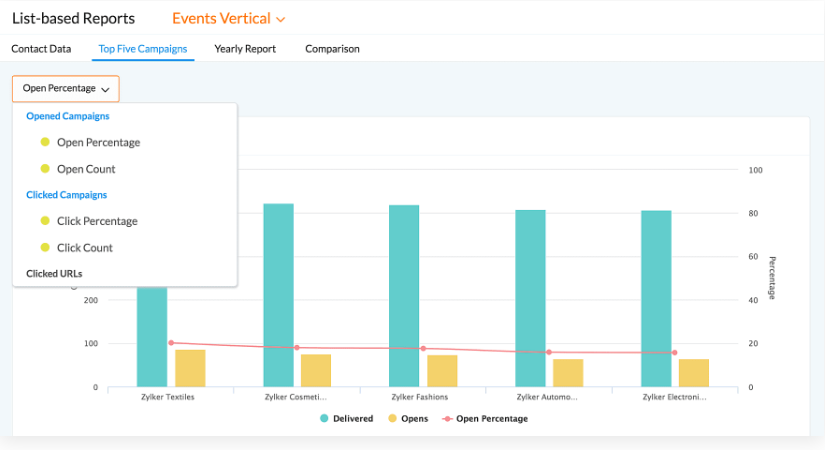
IP Reputation: The reputation of the IP address from which emails are sent. A poor reputation can lead to emails being blocked or filtered into spam.
Domain Reputation: Similar to IP reputation but related to the domain name from which emails are sent.
Content Quality: Emails that appear spammed or contain certain keywords can trigger spam filters.
Sender Authentication: Protocols like SPF, DKIM, and DMARC help verify the sender’s identity and are crucial for deliverability.
3. Features: Sending Emails
Personalization: Personalized sending emails can significantly improve open rates and click-through rates. This involves using the recipient’s name in the email and tailoring the content based on their preferences.
Segmentation: This allows you to divide your email list into different categories based on various factors like demographics, customer behavior, etc. This helps in sending more targeted and relevant emails.
Automation: Email automation allows you to send out emails to your subscribers automatically based on certain triggers. This can save a lot of time and effort.
Analytics: It’s important to be able to track the performance of your email campaigns. This includes metrics like open rates, click-through rates, bounce rates, etc.
Mobile Optimization: More and more users are opening emails on mobile devices every year, and your messages should be just as easy to read on the smaller screen.
Scalable Pricing: The pricing should be flexible and scalable according to the size of your business and the number of emails you need to send.
Third-party Integrations: The platform should be able to integrate with other tools and platforms that you use for your business.
Customer Service: Good customer service is crucial. You should be able to get help quickly when you need it.
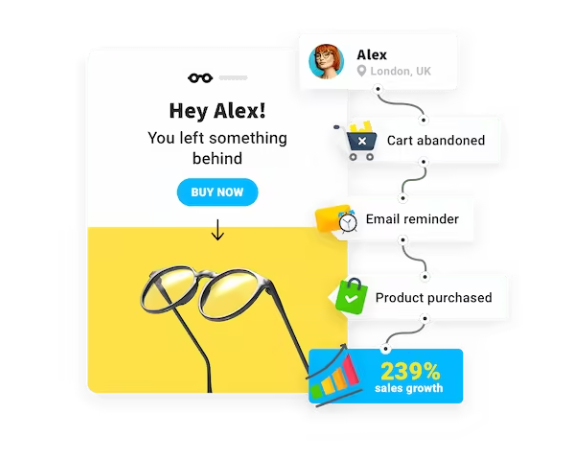
Platfoams For Sending Emails Cheaper
ActiveCampaign: Known for its advanced sending emails marketing automation, ActiveCampaign offers a wide range of features including segmentation, personalization, and analytics. It also integrates well with other business tools.
Brevo (formerly Sendinblue): Brevo offers a comprehensive suite of email marketing and marketing automation tools. It’s known for its generous free plan and its ability to handle large volumes of emails. It also offers advanced automation features like cart abandonment reminders.
Remember, the best platform for your business will depend on your specific needs and goals. It’s important to consider factors like ease of use, the range of features, scalability, and cost when choosing an email marketing platform.
4. Pricing: Sending Emails
The cost of email marketing for businesses can vary widely depending on the size of your email list, the complexity of your campaigns, and the specific features you need. On average, businesses can expect to pay around $500-$2000 per month for a basic email marketing service that includes features such as email copywriting, list management, and campaign management and analytics. If you have a larger email list, you may need to pay more to accommodate the increased volume of emails.
Typically, mid-sized businesses spend $10-$1500 per month for email marketing. With a very basic campaign and a do-it-yourself approach, you can send email newsletters for free, but most businesses will spend up to $1000 for self-managed email marketing, depending on the platform and number of subscribers.
Best Priced Platforms For Sending Emails
Zoho Campaigns: Zoho Campaigns is one of the cheapest email marketing software available. It offers a free plan for up to 1000 contacts, with unlimited emails, dynamic content, and A/B testing. The paid plans start at just $7 per month.
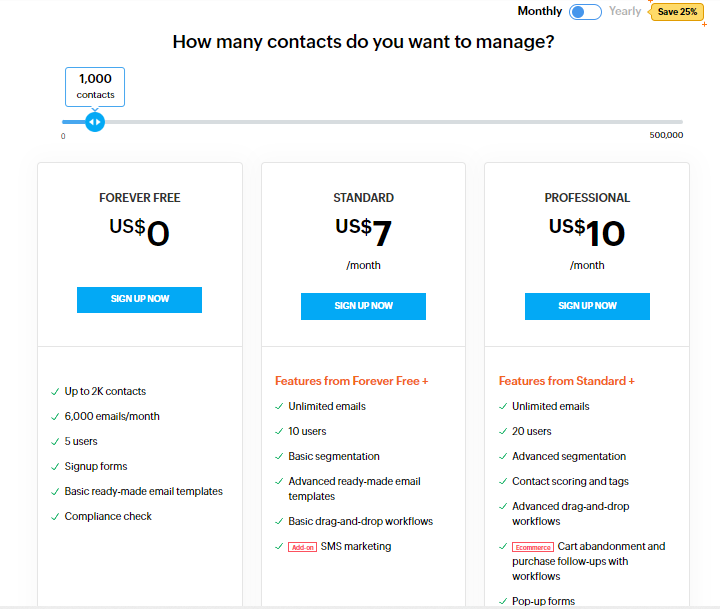
MailerLite: MailerLite is another affordable option, especially for small businesses and startups. It offers a free plan for up to 1,000 subscribers and 12,000 emails per month. The paid plans start at $9 per month and offer unlimited emails, advanced segmentation, and automation features.
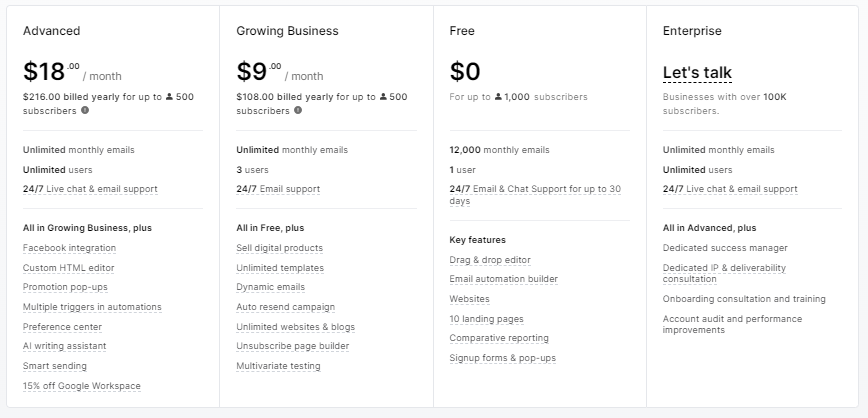
Remember, while pricing is an important factor to consider, it’s also crucial to look at the features and capabilities of the platform to ensure it meets your business needs.
5. Customer Support: Sending Emails
Customer support plays a crucial role in email marketing. It’s the direct connection between your customers and your company. Good customer support can boost customer retention and build your brand’s reputation. Here are some key aspects of customer support in email marketing:
Responsiveness: Quick and effective responses to customer inquiries or issues can significantly enhance customer satisfaction.
Knowledgeability: The support team should have a thorough understanding of the product to provide accurate information and resolve issues efficiently.
Availability: Support should be available across multiple channels (email, phone, live chat) and during hours that are convenient for your customers.
Personalization: Personalized support experiences can make customers feel valued and improve their overall experience.
Platforms for Sending Emails that have Good Customer Support:
Getresponse: Getresponse is known for its excellent customer support. They offer multiple channels of support, including phone, email, and live chat. Their team is knowledgeable and responsive, providing quick and effective solutions to customer issues.
Clickfunnels: Clickfunnels stands out for its customer support. They offer 24/7 customer support with real people. Their support team is known for being responsive, helpful, and knowledgeable.
Remember, while good customer support is crucial, it’s also important to consider other factors like features, ease of use, and pricing when choosing an email marketing platform.
6. Integration: Sending Emails
Integration in email marketing refers to the process of connecting your email marketing platform with other marketing tools, such as your CRM, social media, or eCommerce platform. This integration enables you to automate your email marketing campaigns and target specific audiences more effectively. Here are some reasons why email marketing integration is important:
Streamlining Marketing Efforts: Email marketing integration allows you to streamline your marketing efforts by automating your campaigns. With email automation, you can send targeted emails to your customers based on their behavior and interests.
Improving Customer Engagement: Email marketing integration can help improve customer engagement by delivering relevant and personalized content.
Increasing Sales and Revenue: Email marketing integration can help increase sales and revenue by delivering targeted and personalized messages to your audience.
Enhancing Data Collection and Analysis: Email marketing integration can enhance your data collection and analysis capabilities.
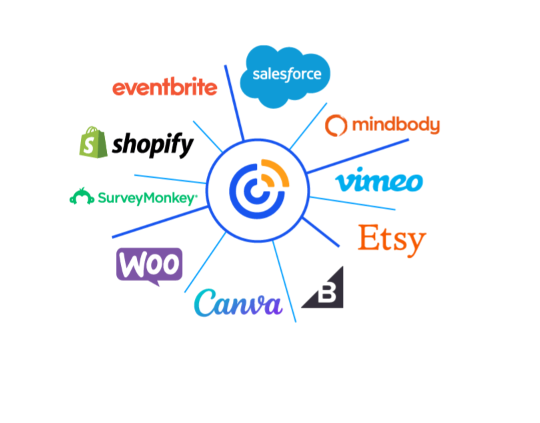
Platforms for Sending Emails with Good Integration
ActiveCampaign: ActiveCampaign is known for its advanced email marketing automation and excellent integration capabilities. It offers a wide range of features including segmentation, personalization, and analytics. It also integrates well with other business tools.
Brevo (formerly Sendinblue): Brevo offers a comprehensive suite of email marketing and marketing automation tools. It’s known for its generous free plan and its ability to handle large volumes of emails. It also offers advanced automation features like cart abandonment reminders.
Remember, while good integration capabilities are crucial, it’s also important to consider other factors like features, ease of use, and pricing when choosing an email marketing platform.
7. Scalability: Sending Emails
Scalability in email marketing refers to the ability of your email marketing system to adapt and handle an expanding workload without compromising the quality of delivery or overwhelming your resources. It’s about ensuring that as your business grows, your email marketing efforts can grow with it.
Here are some key aspects of scalability in sending emails:
Volume Handling: As your email list grows, your email marketing platform should be able to handle sending emails to a larger number of recipients without any issues.
Feature Scalability: As your marketing needs become more complex, your platform should offer more advanced features like automation, segmentation, and personalization.
Performance: Even as the volume of emails increases, there should be no compromise on the speed or reliability of email delivery.
Cost-Effectiveness: The pricing model should be scalable, meaning you only pay for what you use.
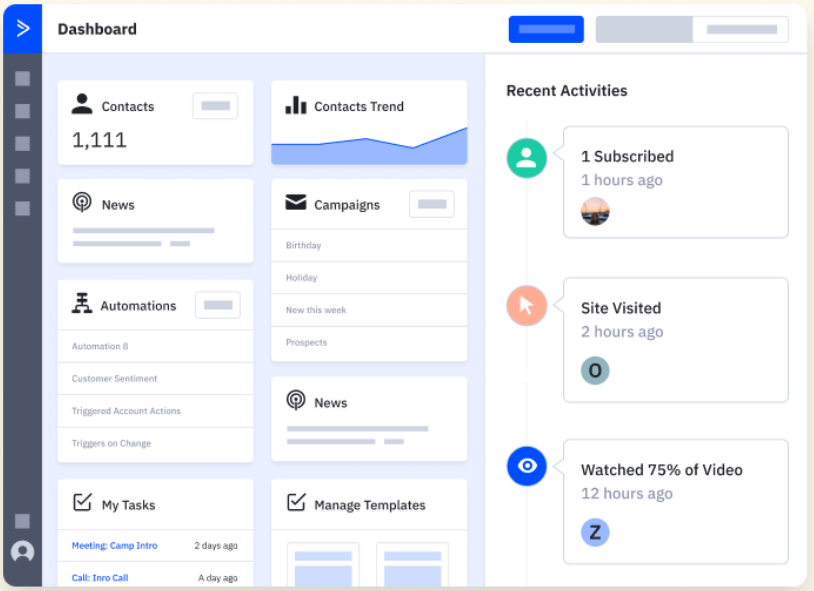
Email Sending Platforms with Good Scalability
HubSpot: HubSpot is known for its scalability. It offers a wide range of features including segmentation, personalization, and analytics. It also integrates well with other business tools.
ActiveCampaign: ActiveCampaign is another platform known for its scalability. It offers advanced email marketing automation and excellent integration capabilities.
Remember, while good scalability is crucial, it’s also important to consider other factors like features, ease of use, and pricing when choosing an email marketing platform.
Conclusion
In conclusion, choosing the right email marketing platform involves considering a variety of factors, including ease of use, deliverability, features, pricing, customer support, integration, and scalability. It’s important to choose a platform that best fits your business needs and goals. 😊
Further Reading



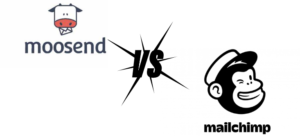


Pingback: Builderall vs Clickfunnels: Discover the Superior Platform in 7 Steps
Pingback: Moosend vs Mailchimp: Unveiling the Best Email Marketing Tool in 2024
Pingback: Email Marketing Automation Tools for Startups: 25 Proven Solutions for Dynamic Engagement
Pingback: Email Deployment: 9 Powerful Strategies for Effective Digital Marketing
Pingback: Modern Group Emailing Tool: 11 Powerful Features That Will Transform Your Communication.